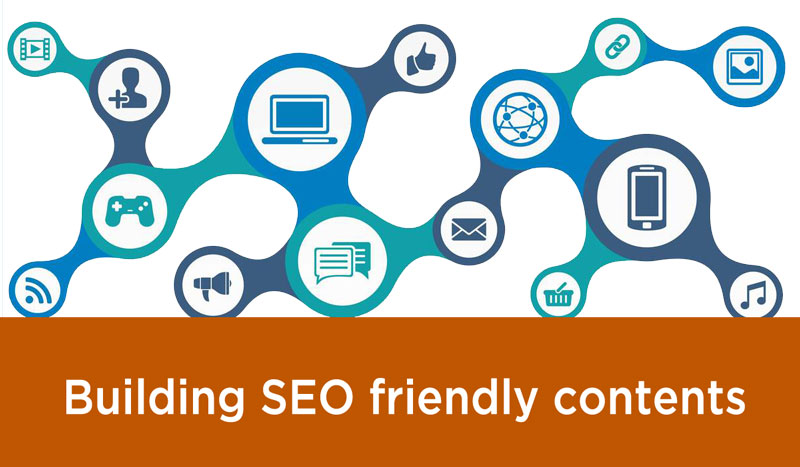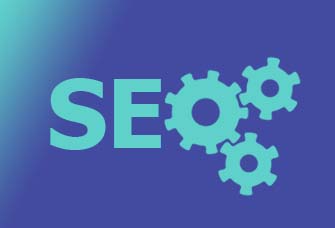Ecommerce SEO elements refers to two aspect of you content. First is the actual content copy, and secondly the HTML code of your website, including the meta data. Included within these two are the URL structure, which also plays an important part in SEO, the images, and the schema type or structured data.
Here are the ecommerce SEO elements you should take a look when building SEO friendly contents:
#1. The Title tag element
The title tag element is the topic or theme of the page copy both for search engines and the end users. Use your keywords here without sacrificing readability of your post title.
A common mistake for young and inexperienced SEO people is that, they pack their keywords into the title tag making it unreadable. Their idea is that, they think it will do wonders for SERP ranking, on the contrary, it impacts negatively on your SERP. Doing so, takes the sense and logic of the most important element of ecommerce SEO.
You may ask why?
Well, the simple and obvious answer is that, Google algorithm has gotten so much smarter today than it was 10 years ago when I was just started doing SEO. What you need to do instead is to work around your focus keywords so that you’d want potential customers to click on your URL.
#2 The Heading tags SEO elements
Heading tags are the H1 to H6 tags that show up on your content management system. As a general rule, H1 can only be used once on a page. Be careful about this, because Google search will penalize you for it if you are not careful. H2 to H6 tags can be used as often as the your content copy requires throughout the entire article. Headers, subheaders, subsections, etc should be contained in h2-h6 tags.
As a practice, I usually do NOT use H1 on my post content. I reserve that for the post title. That way, all headers, sub-headers, and subsections on my content will not have the h1 tag.
Why are heading tags elements important for ecommerce SEO?
Frankly, just by having a H1 tag on your pages, you are helping your website rank better in Google search. It may not be the strongest thing you can do for search engine optimization, but H1 tags are still very important for SEO because they tell both search engines and website visitors what the content of pages is about.
#3. The Rich snippets SEO elements
Rich Snippets are Google’s way of providing additional context directly in SERPs, which, in theory, allows searchers to better understand what they click on and how relevant it is to their purposes.
Rich Snippets are information under each page that shows up on Google search results(e.g. name, address, rating, etc.). You can use Google’s Structured Data Markup Helper to generate your own code.
#4. The Mobile responsiveness Ecommerce SEO elements
Take a look at this statistics:
According to mobile users statistics, there are 5.1 billion unique mobile users. The data from We Are Social 2019 Digital report reveals that two-thirds of the global population already use a mobile phone. Owing to the fact that the mobile market is close to saturation, the number of unique mobile users increased by 100 million from last year only to reach 5.1 billion in 2019.
There are over 2.5 billion smartphone users in the world. In 2016, more than 28% of the world’s population owned a smartphone, and that number increased by four points the following year. The number of smartphone units sold in 2017 only exceeded 1.5 billion. According to mobile phone sales statistics, the percentage of the global population that will have a smartphone is predicted to reach 37% by 2020.
The cost of mobile unresponsive pages for SEO
SERP Ranking Penalty. That’s right. Google will penalize your ecommerce website if it is not mobile friendly. Not only that, you will have Frustrated Users on your property. As a result your website will have a Low Credibility.
The cost is just staggering for your ecommerce SEO! Mobile responsive pages is so crucial for ecommerce SEO. It is one, if not the top priority element in today’s web pages!
#5. The Meta descriptions SEO elements
Your meta description summarizes the content of your page. Meta description gives your visitors and customers a better idea of what the page is about (much like the trailer to a movie). It serves as a synopsis for your content. You’ll have about 150 to 160 characters to do this, so be succinct and compelling.
Search engines love meta descriptions because it provide them the ability to display search results better and more informative than just listing the title of the results.
What is the purpose of a meta description for your page
The purpose of meta description is to get someone searching on Google to click your link.
In other words, meta descriptions are there to generate click-throughs from search engines.
Additional resource on meta description
#6. The URL structure SEO elements
SEO friendly URLs are URLs that are designed to meet the needs of users and searchers. Specifically, URLs optimized for SEO tend to be short and keyword-rich.
Make your URLs SEO-friendly by using your main keyword on the first 3 to 5 words. Also, your url is in the format like below:
www.yoursite.com/category/product)
and not just a bunch of numbers or letters like below:
www.yoursite.com/abcdefg/123456
This way, it can easily be understood by your users.
#7. The Site load speed SEO element
Page load speed is huge in today’s web pages, especially ecommerce web pages. Slow loading ecommerce pages loses $2.5 million in sales every year for every 1 second page load delay.
47% of consumers expect a web page to load in 2 seconds or less.
Make sure your page loads within 2 to 3 seconds, as the longer it takes, the more likely you’ll lose site visitors. Slow page load times can also negatively affect your site’s ability to rank.
#8. The Images SEO elements
Images can improve almost any post or page usuability. Your article will become a lot more attractive with images. Also, think about how hard it would be to make money with imageless product pages! In other words, images are essential.
Always remember to put an ALT TAG to your images — ALT tags is the information that Google reads when parsing your images. It is also the content that your browser loads when there is a problem loading your image. Make the description relevant to your image.
In conclusion
There you have it. Follow these Important Ecommerce SEO Elements When Building SEO Friendly Contents, and you will have your contents rank higher in Google search results. Google search engine loves it, and I am sure you will benefit from it down the road.
So, how about it? What do you think? Do you agree with this post regarding the important elements when building SEO friendly contents? Give us your thoughts in the comment section.







